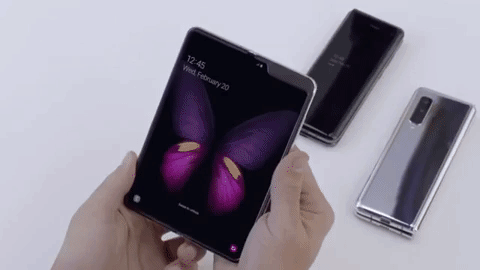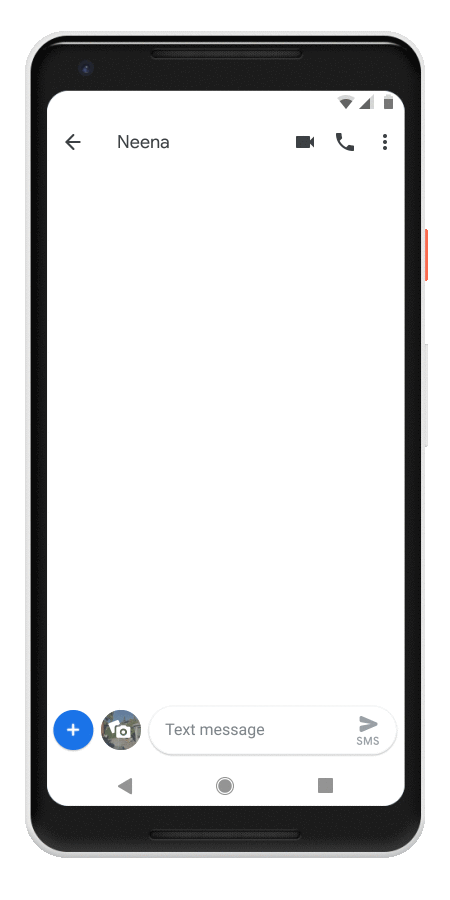As the rate of smartphone sales continues to slow down and decline, a software startup called KaiOS — which launched in 2017 from the ashes of Mozilla’s failed Firefox OS mobile project as a provider of an internet-based feature phone OS, feature phone apps, and corresponding HTML5 app store that all work mobile data networks — is betting that there is still a big, lucrative market for cheaper, lower-end feature phones, and it’s announcing a slew of news this week on the road to leading it.
With 85 million phones now shipped in more than 100 markets with handset brands like Nokia and India’s Jio, KaiOS now has an expanded partnership to put more Google services natively into KaiOS phones, specifically deeper integration with Google Assistant and Google Maps, and the debut of a YouTube app — one of the most popular apps of all on smartphones — for KaiOS. For context, KaiOS raised $22 million from Google last year and had already worked to put basic Assistant and Maps functionality on its phones. (We also understand KaiOS is on the cusp of another big round.)
Alongside this, KaiOS is launching several new handsets with feature phone handset makers; deals for KaiOS-powered phones with developing market carriers Ooredoo and Orange; and the launch of several new services: its first advertising SDK, KaiAds; and Life, a suite of services for first-time mobile service users to help them fiure out how to use their phones and provide content and functionality around things like mobile banking and access to health, education and other services.
While the main mobile story in the last 10 years has been about the ineluctable rise of smartphones boosted by Apple’s iOS, Google’s Android, and a huge range of handset makers using the latter to push the boundaries ever more on what it means to have a portable computer in your pocket, KaiOS Sebastien Codeville says that this does not tell the whole story.
In developing markets, it’s about offering something less expensive than smartphones but loading them with all the features that a smartphone affords, a crucial way of bridging the digital divide in places where a phone will be a person’s only way to access the internet.
“Yes, smartphones are quite affordable as the least expensive models are now priced at around $35, but KaiOS is $15-20. It’s still half the price of a smartphone,” he said in an interview. “There are 2G feature phones priced at $7-8 dollars, but they don’t have access to most mobile services. KaiOS is something in between.” It also helps that KaiOS is easy on battery life, with a handset typically able to last five days on one charge.
In more mature markets, it’s about picking off specific categories of users who have not been well addressed by smartphone makers. “Seniors are looking for phones with keyboards because of dexterity issues. The use of a touch panel is not easy for them,” he said. “And manual workers might be looking for more rugged products, and others may just want companion phones that can help them mostly disconnect on the weekend, or can be used for sports. Smartphones are not good solutions for these, either.”
This, in fact, is why a company like Google, whose Android operating system has helped to usher in the existence of the sub-$50 smartphone, is working with KaiOS. “We are a distribution platform to customers that they cannot access,” said Codeville. Nevertheless, he admits that Android is also KaiOS’s biggest competitor, too.
Android may be a rival, but it’s also guiding force for KaiOS. Up to now, the feature phone startup has made small revenues from licensing, said Codeville, but the business model for KaiOS is mostly focused around revenues from its app store, and soon from what it hopes will be a lot of advertising around content and apps that people use through the KaiOS browser, in the form of KaiAds.
Available to developers in the form of an SDK, this is a supply-side platform that will tailor ads to work specifically on KaiOS and other feature phones, a segment that hasn’t really been addressed that well up to now because so many feature phones have smaller screens compared to smartphones, and have not really been designed to work with internet-based services. One of the key features of KaiAds, the company says, is that it renders ads in 200 milliseconds or less.
If advertising is KaiOS’s stick, then its suite of ‘how-to’ content and services, Life, will be the carrot, so to speak. Codeville would not go so far as to say that this is the company’s effort at corporate social responsibility — “We’re just a startup,” he protested — but he did confirm that the service does serve a dual purpose. It’s not just an effort to get people more acquainted with using the services, but in doing so, it will help grease the wheels of KaiOS’s business model.
“If we want to be sustainable and have a long term life of our own, we have to develop the monetization,” he said. Life, he added, will be very localised and will roll out country by country, likely starting with regions in Africa.





 The headsets are an extension of the company’s previous XR work which mostly focused on using a phone’s camera’s and displays to power AR experiences. The company did start an accelerator program for head mounted displays (HMD), the aptly named HMD accelerator program, back in 2017. In many ways, today’s announcement is an extension of this work.
The headsets are an extension of the company’s previous XR work which mostly focused on using a phone’s camera’s and displays to power AR experiences. The company did start an accelerator program for head mounted displays (HMD), the aptly named HMD accelerator program, back in 2017. In many ways, today’s announcement is an extension of this work.
